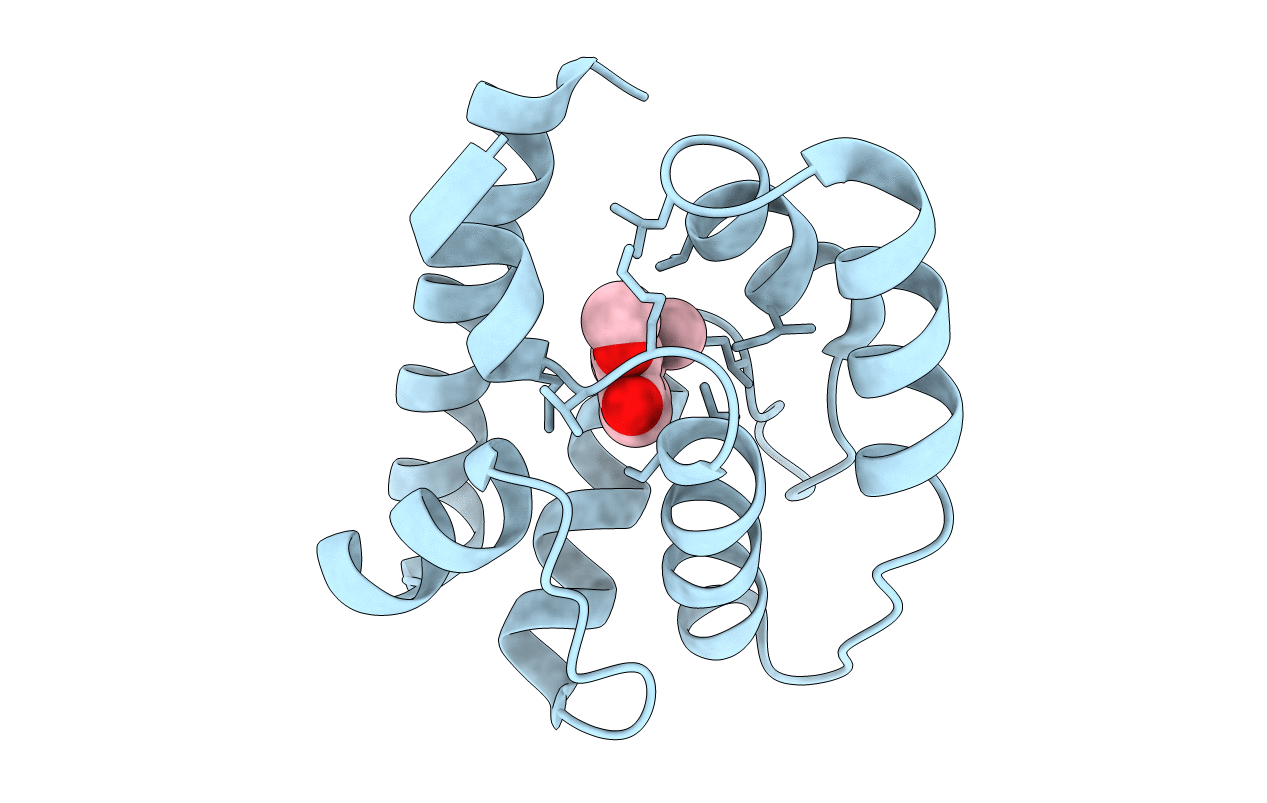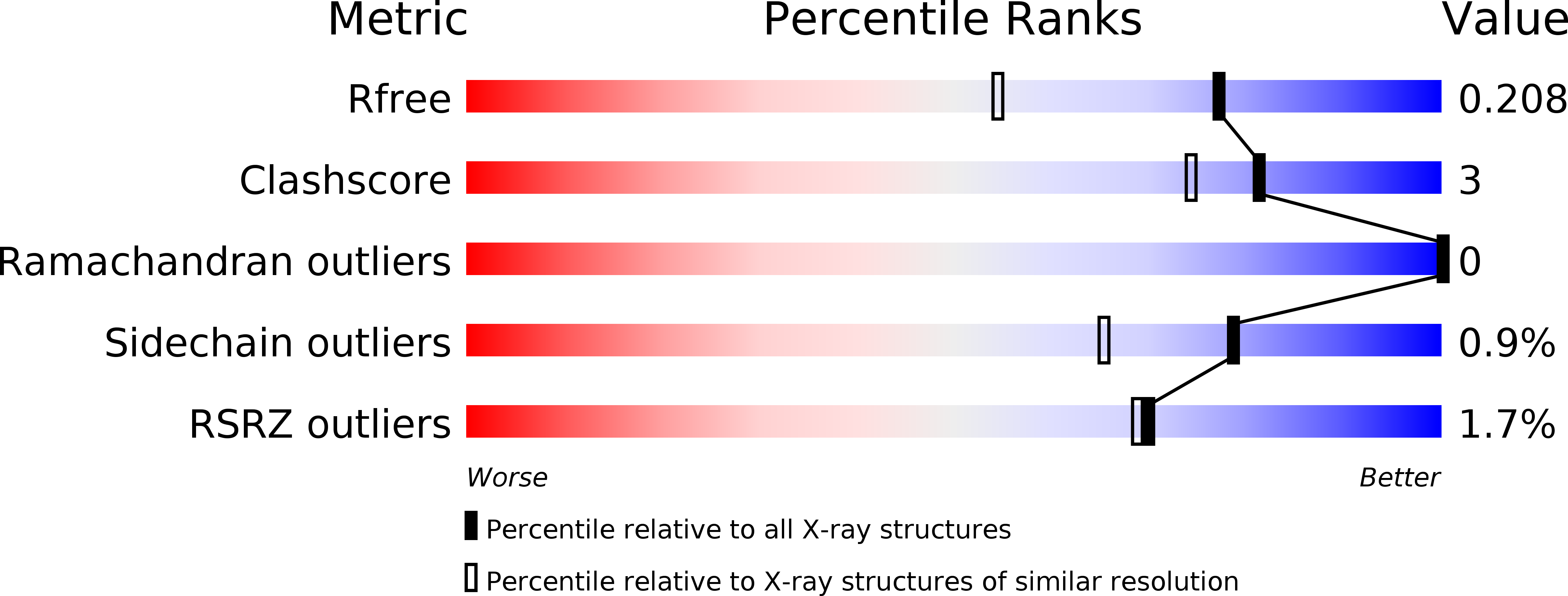
Deposition Date
2011-05-13
Release Date
2011-11-30
Last Version Date
2024-11-06
Entry Detail
PDB ID:
3S0E
Keywords:
Title:
Apis mellifera OBP14 in complex with the odorant eugenol (2-methoxy-4(2-propenyl)-phenol)
Biological Source:
Source Organism:
Apis mellifera (Taxon ID: 7460)
Host Organism:
Method Details:
Experimental Method:
Resolution:
1.60 Å
R-Value Free:
0.20
R-Value Work:
0.18
R-Value Observed:
0.19
Space Group:
P 21 21 21


